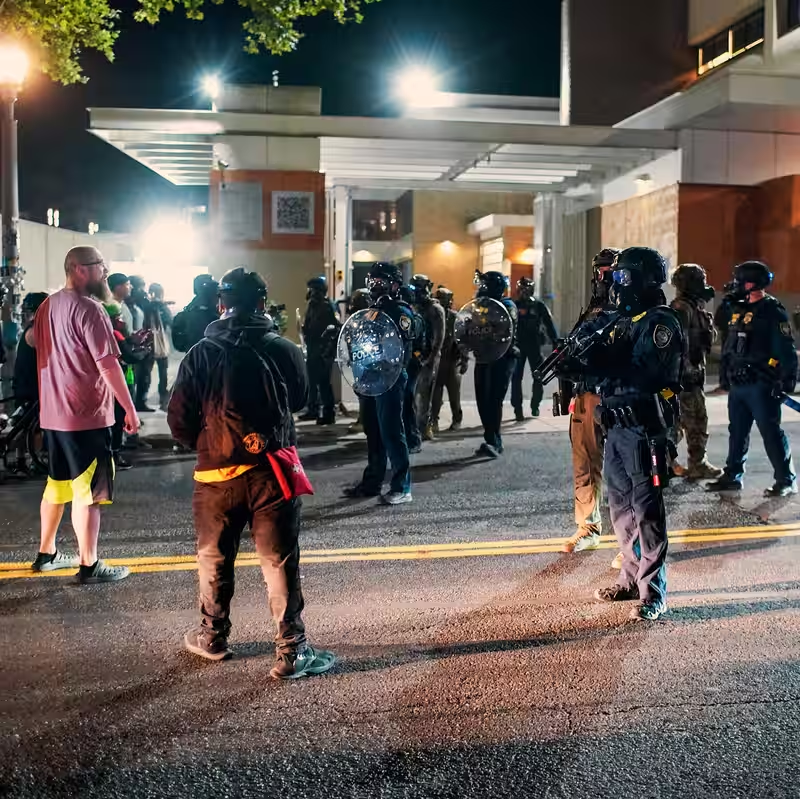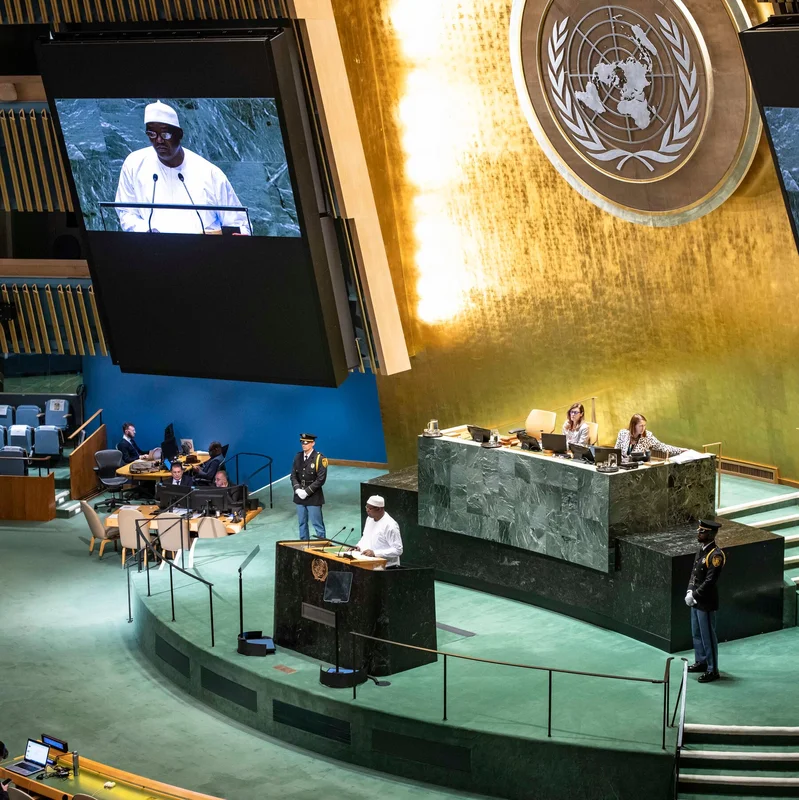Table of Contents
- Federal Reports Contradict Trump’s ‘War Zone’ Claim
- What Was Really Happening Outside the ICE Building?
- Local Leaders Slam Federal Overreach
- Did Trump’s Rhetoric Fuel the Fire?
- Legal and Political Fallout
- Sources
Federal Reports Contradict Trump’s ‘War Zone’ Claim
Just two days before President Trump declared Portland, Oregon a “war-ravaged” city under siege from “Antifa mobs,” internal federal reports described the daily protests outside the Immigration and Customs Enforcement (ICE) facility as “low energy.”
According to daily summaries from the Federal Protective Service (FPS)—the agency responsible for guarding federal buildings—the scene on September 25 and 26, 2025, involved demonstrators playing loud music, using chalk on walls, and occasionally blocking driveways. One report even noted a protester dressed as a pirate.
Yet on September 27, Trump took to Truth Social, vowing to deploy “Full Force” and send National Guard troops into the city, claiming radical violence was spiraling out of control.
What Was Really Happening Outside the ICE Building?
Since early June 2025, activists have gathered nightly outside the ICE office in downtown Portland to protest immigration enforcement policies. The demonstrations, largely peaceful, included acts of civil disobedience like standing in front of federal vehicles and shining flashlights at the building.
Federal logs show that on most days, fewer than 20 protesters were present. While there were isolated incidents—such as one person urinating twice on a guard station or another rolling out a symbolic guillotine—FPS officers consistently rated the overall atmosphere as non-threatening.
“The group exhibited low energy throughout the day and into the evening,” read the September 26 report, the night before Trump’s troop announcement. “No individuals engaged in behavior that prompted intervention from law enforcement.”
Local Leaders Slam Federal Overreach
Portland city and Oregon state officials reacted with alarm to the sudden deployment. “We ultimately have a perception versus reality problem,” said Caroline Turco, a city attorney, in federal court. “The president’s perception is that it’s ‘World War II out there.’ The reality is this is a beautiful city with a sophisticated police force that can handle the situation.”
Multnomah County District Attorney Nathan Vasquez emphasized that protesters weren’t trying to storm the building. “They’re there to send a message to the federal government—not to incite violence,” he said.
Did Trump’s Rhetoric Fuel the Fire?
Ironically, data suggests the protests intensified only after Trump’s public threats. According to Portland Police Bureau records, 13 of the 40 total arrests since June occurred in the 10 days following the president’s September 27 post.
“Certainly over the last 10 days, the energy level has gone up,” Police Chief Bob Day acknowledged. “The amount of conflicting points of view have increased greatly… creating an environment that is equally if not more challenging.”
Counterprotesters also began showing up in larger numbers, heightening tensions that had previously remained manageable.
Legal and Political Fallout
A federal judge, Karin Immergut, temporarily blocked the National Guard deployment, citing “substantial evidence that the protests… were not significantly violent or disruptive” before Trump’s order. The ruling sided with lawsuits filed by the city and state arguing that federal presence would inflame, not calm, the situation.
The Trump administration has appealed the decision, while continuing to cite isolated violent incidents—including a July assault on federal officers and a September arson case—as justification.
But critics argue the administration cherry-picked outliers to justify a politically motivated crackdown. “This isn’t about public safety,” said one local activist. “It’s about turning Portland into a campaign prop.”




